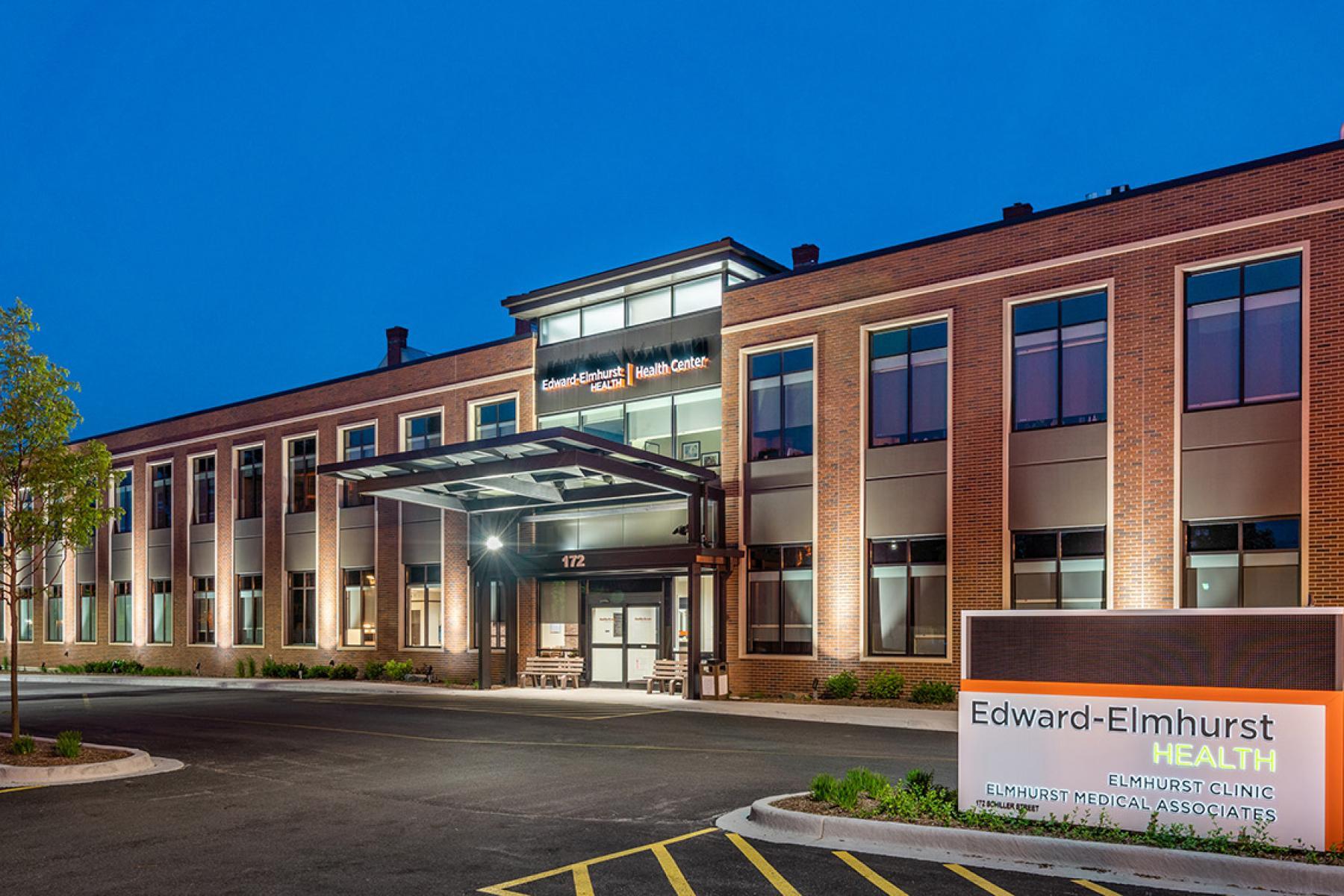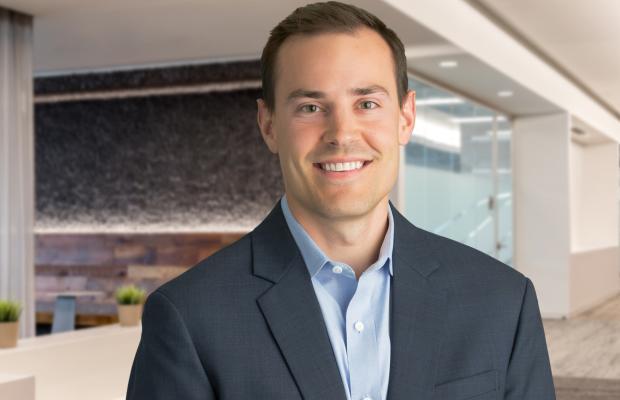When Healthcare Leaders Ask “How Are We Going to Pay for This?” We Have the Answers

“How are we going to pay for this?”
The question may essentially be a political black hole, but in the context of real estate it’s our job to approach—and answer—that question literally.
In today’s unpredictable economy, many healthcare providers are looking for ways to grow while simultaneously conserving capital. According to the 2022 JLL Healthcare and Medical Office Perspective, absorption has outpaced new supply and occupancy has remained consistently above 90 percent—meaning that existing, desirable space is more difficult to find than ever. Though it may not seem obvious at first glance, there are still a variety of ways to capitalize a brick-and-mortar project to support your organization’s growth.
With compressed operating margins, expanding bond pricing and steadily increasing short-term borrowing rates, a view into third-party capital is more important now than ever before. The availability of debt and equity for a project has a direct correlation to the amount of rent paid by the healthcare providers that sign a lease: equity decides what the return on a project needs to be while the rent the tenant pays serves as the main factor determining the return on a project. In the typical developer financing model, a developer either provides the equity from their balance sheet or sources equity from a third-party investor. The developer will then obtain a construction loan from a bank to fund the majority of the project.
“How are we going to pay for this?”
While there are many variables at play, here are key considerations in the current market to help you decide on the best capitalization strategy for your organization:
Debt
- Short-term interest rates, which are related to the Fed Funds rate and are important for construction loans, continue to rise. The market is still processing the health of the banking sector and currently expects the Fed to raise short-term rates one more time to 5.25%. This increases the cost of borrowing for new developments; however, despite the rise in rates, they are still historically low (when compared to past economic cycles).
- Long-term interest rates, which are important for long-term owners of real estate, have remained relatively stable since widening in the second half of 2022. Spreads over the treasury for real estate loans have moved slightly upward as Treasury yields fell in the wake of the bank failure news. This has helped keep value relatively stable for healthcare real estate, which is attractive to potential third-party equity partners.
- The entire banking system has been in the spotlight recently, and the scrutiny is impacting each bank in different ways. Many Local and Regional Banks still have ample liquidity for their best existing clients while large banks are staying on the sidelines for construction lending. Almost all banks are seeing deposits move to higher yield options outside of the bank which is causing many of them to require borrowers to park cash at the bank in order to make new loans. Leverage is governed by debt service coverage ratios which, due to rising interest rates, require more equity in projects. New development is possible, especially for single-tenant projects, but increased equity requirements may stifle multi-tenant projects with minimal preleasing.
Equity
- Investor appetite for healthcare real estate remains strong as REITs, private equity, pension funds, foreign capital and high net-worth individuals continue to have faith in this “recession resilient” asset class.
- Cap rates have increased roughly 1 percent since they saw all-time lows at the end of 2021, according to our transaction activity and other industry leaders’ insights. This ratio is a key investment metric that reflects investors’ expectations for unleveraged returns in the first year of ownership. Increasing cap rates typically result in higher rents.
- The type of equity matters. The source of the equity will determine speed to market, lease rate, annual increases, tenant control, investment hold period and flexibility to make changes to name a few. Equity from a developer, such as Ryan, will offer the most flexibility. In this situation, the developer is not beholden to a capital partner that may dictate the terms, giving the developer the unique ability to provide the best solution for a client.
If traditional equity and debt sources aren’t available for your project—either due to high rents or unique lease requirements—it does not automatically mean it can’t move forward. Other structured finance alternatives like hybrid lease financing, tax-exempt credit tenant lease financing, or a joint venture could help you achieve project goals.
“How are we going to pay for this?”
When in doubt, ask a developer who you trust. Developers can evaluate and execute capitalization options for their real estate investments. Working with a company that has knowledge and experience in healthcare will provide you with unique insights into current market conditions, and it's a bonus if your developers sit down the hall from a capital markets team, allowing for collaboration and quick results.
CONNECT WITH US
Contact Andrew to discuss Capital Markets at Ryan Companies
